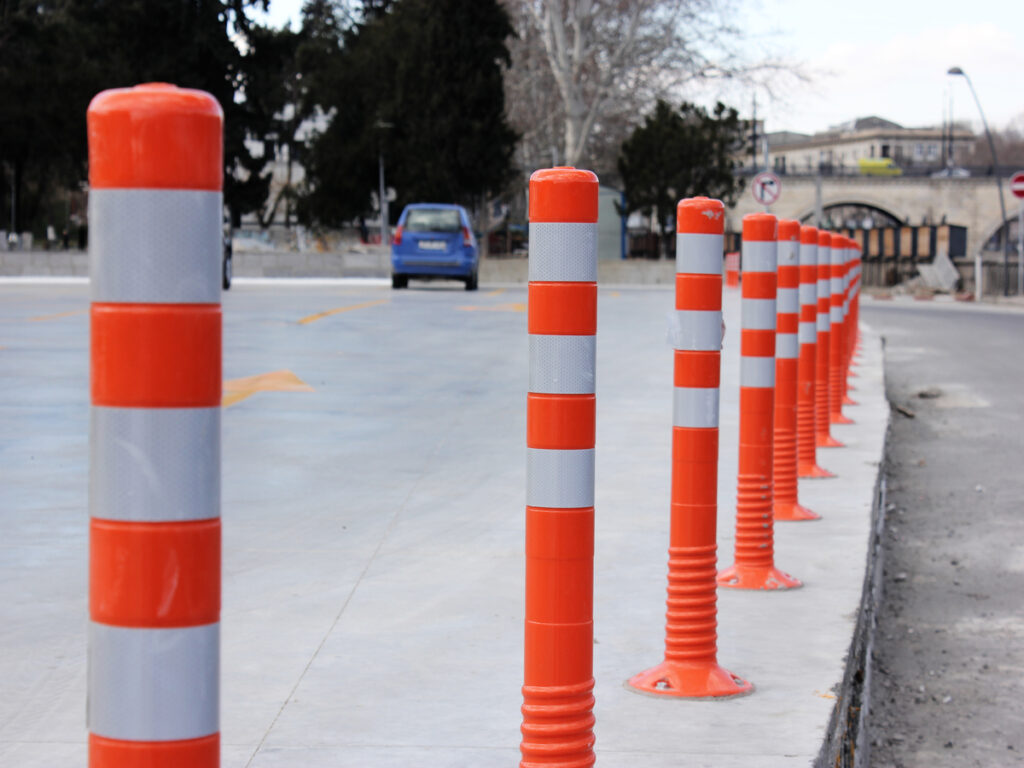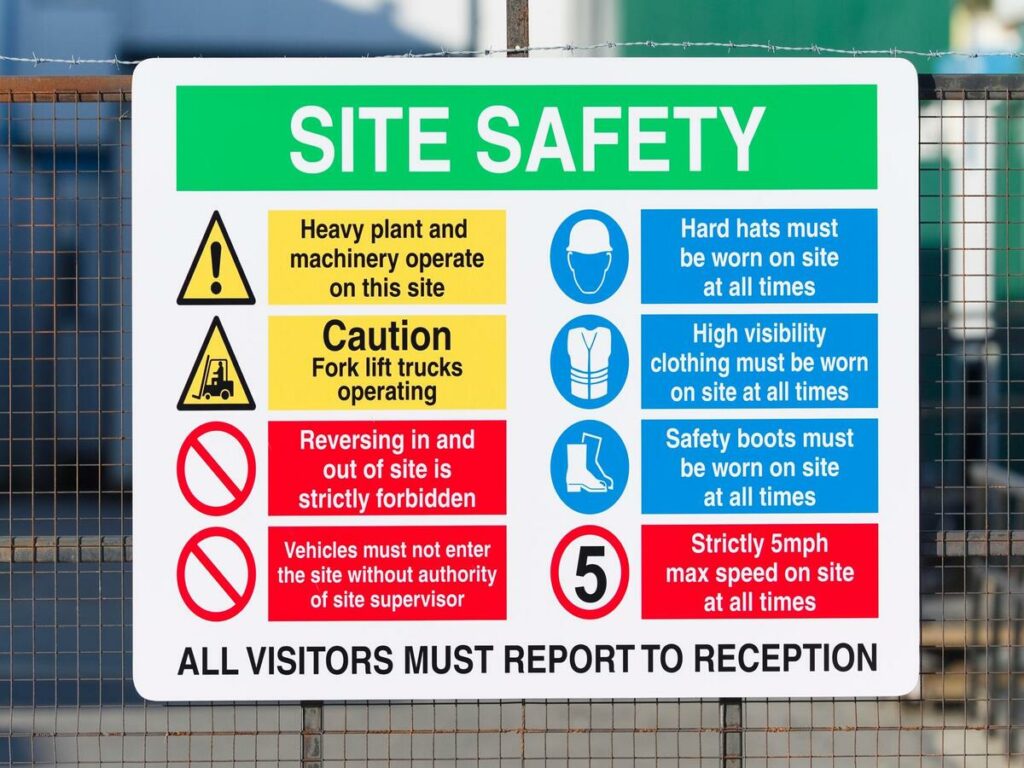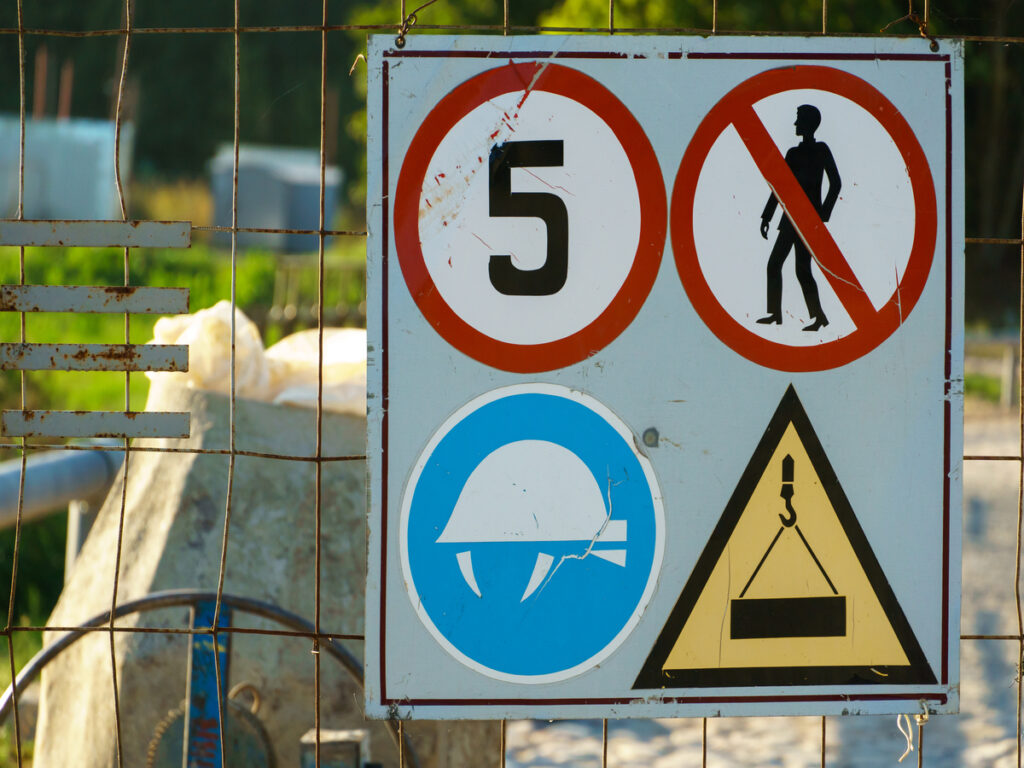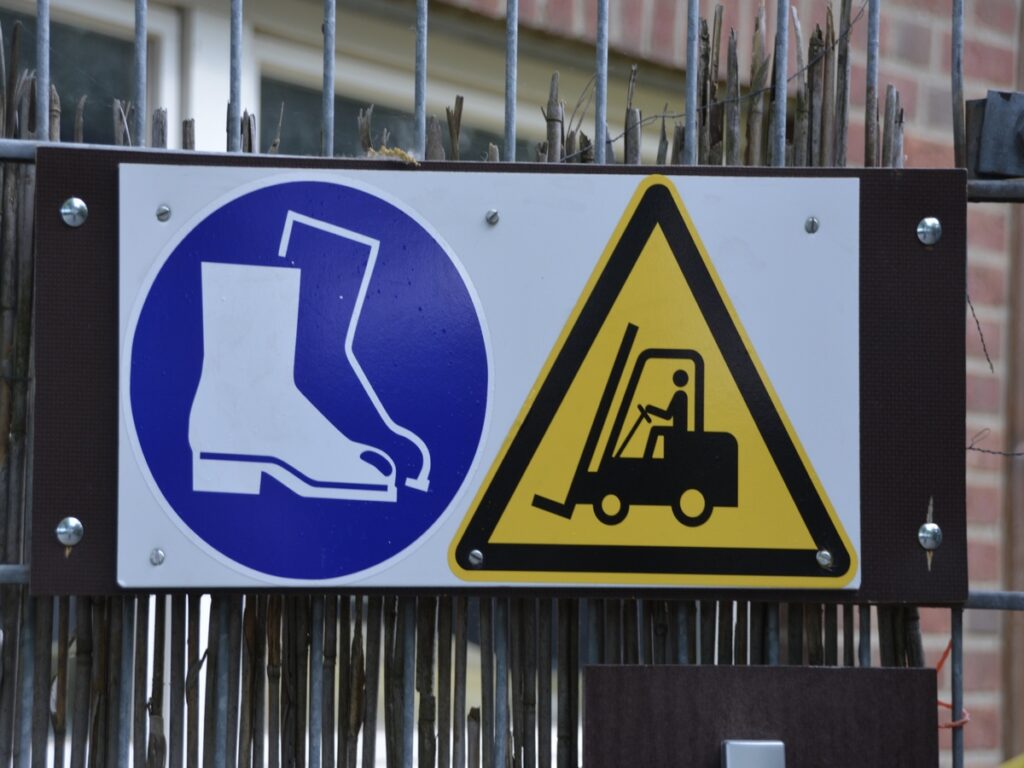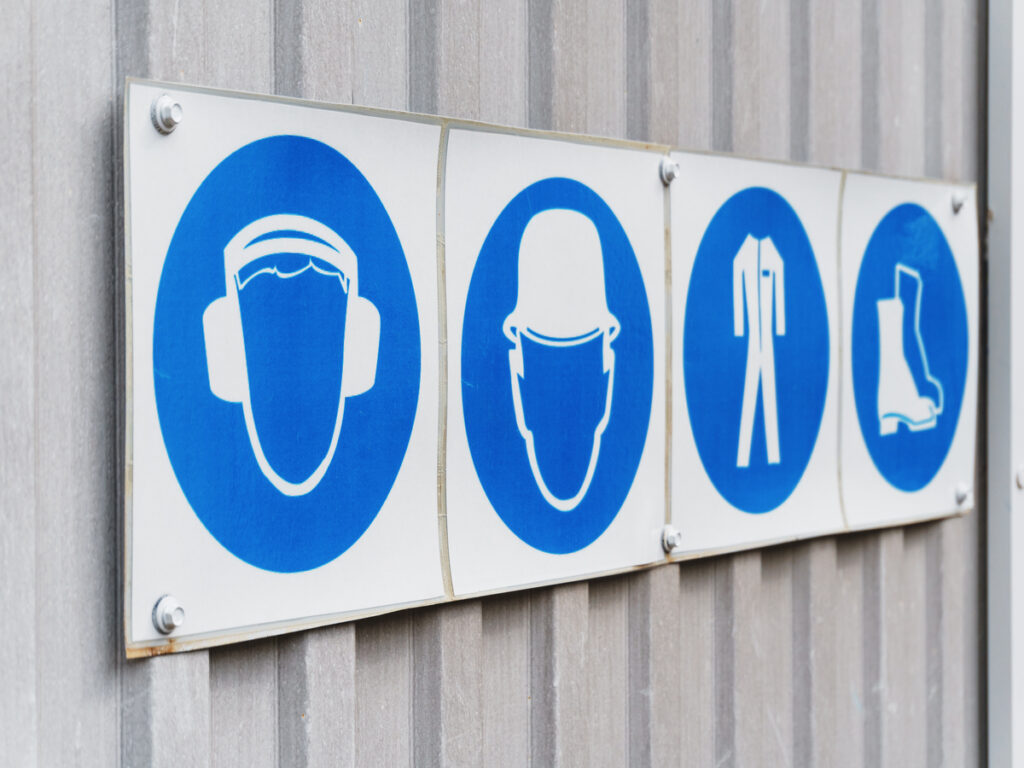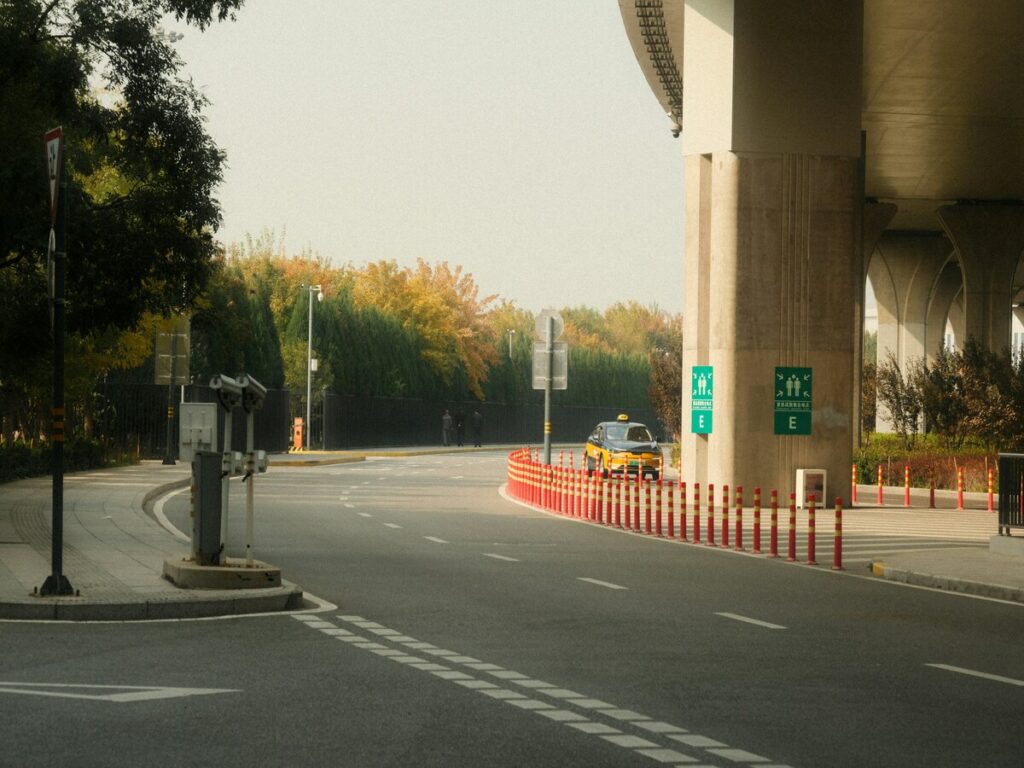
Delineators with base are essential tools in modern traffic management. These devices guide drivers by marking road boundaries and improving visibility. You often see them along highways, zones de construction, or sharp curves, where they play a critical role in keeping vehicles on the correct path. Their sturdy base ensures stability, Même dans des conditions météorologiques difficiles.
These delineators address significant road safety challenges. They enhance visibility at night by reflecting vehicle headlights, helping you anticipate the road ahead. Their continuous placement provides guidance in high-speed areas, especially around sharp turns or lane reductions. This innovation has transformed traffic safety, reducing accidents and improving road conditions for everyone. Signes OPT offres délinéateurs de haute qualité designed to enhance road safety and ensure reliable guidance. With durable and reflective models, you can trust OPTsigns to improve traffic management in any setting. Explore full range of delineators on the OPTsigns website for the best solutions.
Historical : The Early Days of Road Safety
Road safety challenges before the invention of delineators
Imagine driving on roads without clear boundaries or guidance. Dans le early 20th century, this was the reality for many. Roads lacked proper markings, making navigation difficult, surtout la nuit ou pendant le mauvais temps. You would have faced unpaved paths, surfaces inégales, and unpredictable conditions. These factors created significant challenges for ensuring safety on the roads.
Vehicles were becoming more common, but infrastructure lagged behind. Drivers had to rely on natural landmarks or rudimentary signs to find their way. This lack of organization led to confusion, especially in areas with high traffic. Without tools to guide you, staying in your lane or avoiding hazards became a daunting task. The absence of clear road boundaries increased the risk of accidents, putting both drivers and pedestrians in danger.
Traffic accidents and the need for better road guidance during the industrialization and urbanization boom
Le industrial revolution brought rapid urbanization and a surge in transportation needs. Cities expanded, and roads became busier with cars, vélos, et horse-drawn carriages. You can imagine how chaotic it must have been. Traffic accidents rose sharply as more vehicles shared the same space without proper guidance.
Urban areas faced unique challenges. Narrow streets, virages tranchants, and intersections became hotspots for collisions. Routes rurales, d'autre part, posed dangers due to poor visibility and lack of maintenance. The growing number of accidents highlighted the urgent need for better road guidance. Engineers and city planners began exploring solutions to improve safety and manage traffic flow effectively. This period set the stage for innovations like road delineators, which would revolutionize road safety in the years to come.
The Birth of Delineators

The first attempts at road marking and boundary-setting tools
You might find it surprising that early road safety measures were quite basic. Engineers and city planners initially experimented with painted lines to guide vehicles. These lines served as visual cues, helping you stay within your lane. Cependant, they often faded quickly due to weather and heavy traffic. Dans certaines régions, physical barriers like wooden posts or stone markers were used to define road boundaries. These tools provided a sense of direction but lacked flexibility and durability.
As transportation systems grew, the need for more effective solutions became evident. You can imagine how challenging it was to manage increasing traffic with such rudimentary tools. These early attempts laid the groundwork for more advanced boundary-setting innovations.
Early materials used for delineators
The materials used in early delineators were simple yet practical for their time. Lignes peintes, often made with basic white or yellow paint, were among the first methods to mark roads. While they were cost-effective, they required frequent maintenance. Barrières physiques, such as wooden stakes or metal rods, were also common. These materials offered better visibility but were prone to damage from collisions or harsh weather.
Au fil du temps, engineers began exploring more durable options. Concrete and steel became popular for creating sturdier barriers. These materials could withstand the wear and tear of busy roads. Cependant, they lacked the portability and adaptability needed for dynamic traffic management. This limitation spurred further innovations in delineator design and materials.
Key developments that led to the invention of modern delineators
Modern road delineators emerged through a series of technological and design breakthroughs. Reflective materials revolutionized road safety by improving visibility at night. You’ve likely noticed how these materials catch your headlights, making it easier to navigate dark or foggy roads. Solar-powered LED lights further enhanced visibility while reducing energy consumption. These lights addressed urban safety needs effectively.
Manufacturers also began using eco-friendly materials like recycled plastics and biodegradable composites. These materials not only aligned with sustainability goals but also improved durability. Modular designs made delineators more adaptable, allowing quick setup in construction zones or temporary traffic diversions. Some modern road delineators even feature IoT capabilities, enabling them to communicate real-time traffic data to management systems. These innovations transformed road delineators into versatile tools for ensuring safety and efficiency on the roads.
Technological Advances and Innovation
The role of reflective materials and the introduction of improved designs in the mid-20th century
Reflective materials transformed how you experience road safety. Engineers introduced these materials in the mid-20th century to improve visibility during nighttime driving. When your vehicle’s headlights hit these surfaces, they reflect light back, making road boundaries and traffic control devices easier to see. This innovation reduced accidents significantly, surtout dans des conditions de faible luminosité.
Design improvements also played a key role. Manufacturers began creating road delineators with flexible bases, allowing them to withstand minor impacts without breaking. You might notice these designs in construction zones or along highways. They ensure durability while maintaining their guiding function. Au fil du temps, road delineators evolved to include bright colors like orange and yellow, which catch your attention during the day. These advancements made delineators more effective in guiding drivers and managing traffic flow.
How the development of delineators paralleled advancements in traffic management and road infrastructure

The growth of cities and transportation systems demanded better traffic control measures. Urbanisation brought challenges like congestion and accidents, especially in rapidly growing cities such as Mumbai and Jakarta. Local governments responded by investing in delineators to improve road visibility and organization. You can see how these tools became essential for managing traffic in crowded urban environments.
Technological advancements further enhanced delineators with base. Smart road delineators equipped with IoT capabilities now provide real-time data on traffic conditions. These devices help authorities monitor and manage traffic flow more efficiently. Sustainability also became a focus. Manufacturers started using eco-friendly materials like recycled plastics and biodegradable composites. This shift not only meets regulatory standards but also aligns with your preference for sustainable solutions.
As road infrastructure improved, road delineators adapted to meet new demands. Autoroutes, ponts, and tunnels required specialized designs to ensure safety. These innovations show how road delineators evolved alongside advancements in traffic management, becoming indispensable tools for modern transportation systems.
The Impact of Delineators on Road Safety

How the invention of delineators changed traffic management
Delineators with base revolutionized how you experience traffic management. Before their invention, roads lacked clear guidance, making navigation chaotic. With delineators with base, highways became more organized. These safety markers guide you by visually defining lanes and boundaries. Leurs surfaces réfléchissantes assurent la visibilité, Même dans des conditions de faible luminosité. This innovation allows you to anticipate road changes, reducing confusion and improving your driving experience.
Autoroutes, en particulier, benefited from delineators on road. You’ve likely noticed them along sharp curves or construction zones. Ils vous aident à rester dans votre voie et à éviter les dangers. Their sturdy base ensures they remain in place, Même par temps dur. This reliability makes them indispensable for managing traffic flow in busy areas. Au fil du temps, delineators on road became a standard feature in road safety products, transforming how authorities manage highways and urban streets.
The role of delineators in reducing accidents and improving traffic flow
Delineators play a critical role in reducing accidents and improving traffic flow. Selon le NOUS. Administration des routes fédérales, these safety markers can reduce accidents by up to 40%. They achieve this by providing clear visual guidance, helping you stay in your lane and avoid collisions. Their presence on highways ensures smoother traffic movement, especially during peak hours or in high-risk areas.
The global demand for delineators on road continues to grow. This trend reflects the increasing emphasis on road safety and infrastructure development. You’ll find delineators in various forms, from reflective posts to solar-powered models. Each design aims to enhance visibility and guide drivers effectively. En améliorant la fluidité du trafic, delineators reduce congestion and make your journey safer and more efficient.
Delineators on road are more than just road safety products. They are essential tools that protect you and other drivers. Their impact on traffic safety is undeniable, making them a cornerstone of modern transportation systems.
Delineators with base have become indispensable for traffic safety. They guide you by marking road edges, Améliorer la visibilité, et prévenir les accidents. Their reflective properties are especially vital for nighttime driving, helping you anticipate road conditions and adjust your speed. Continuous placement ensures you stay on course, even in areas with sharp turns or unclear markings.
En conclusion, road delineators with base serve a critical function in traffic safety. Their ability to guide, avertir, and increase visibility makes them essential for safe driving, especially on highways and major roads.
Future advancements hold exciting possibilities. Smart delineators with IoT capabilities could provide real-time traffic updates. Solar-powered models offer energy-efficient solutions, while eco-friendly materials like recycled plastics align with sustainability goals. These innovations promise to make delineators with base even more effective, durable, and environmentally friendly.

